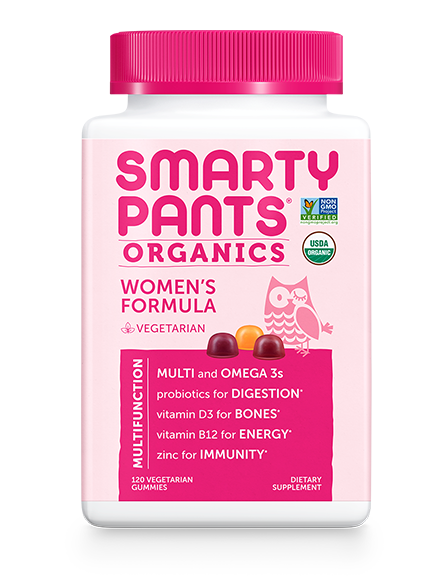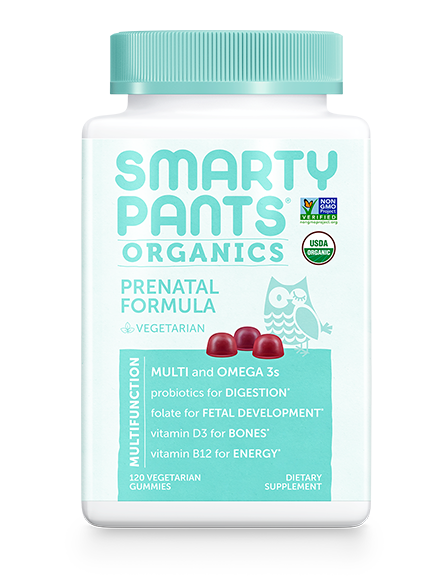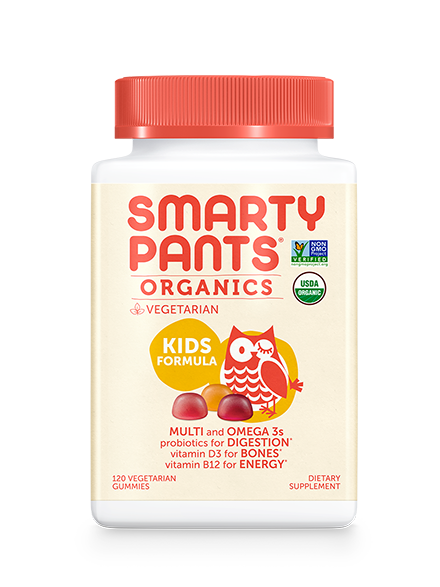OUR NUTRIENT GUIDE

Our Star Nutrients
Vitamin E
Ante up your health with antioxidants
How much do I need?
The current dietary reference intakes (DRIs) for vitamin E are:
- Infants 0 - 6 months - 4mg
- Infants 6 - 12 months - 5mg
- Children 1 - 3 years - 6mg
- Children 4 - 8 years - 7mg
- Men 9 - 13 years - 11mg
- Men 14 and older - 15mg
- Women 9 - 13 years - 11mg
- Women 14 and older - 15mg
- Pregnant Women 14 - 50 years - 15mg
- Breastfeeding Women 14 - 50 years - 19mg
These are the daily amounts established by the Health and Medicine Division of the National Academy of Sciences (formerly known as the Institute of Medicine).
Why we include it
We include vitamin E as an antioxidant for the maintenance of good health.*
There are different forms of vitamin E including: alpha-tocopherol, beta-tocopherol, gamma-tocopherol and delta-tocopherol and alpha-tocotrienol, beta-tocotrienol, gamma-tocotrienol and delta-tocotrienol.
Although vitamin E is abundant in many foods, we include it in our multivitamin supplements to help fill any nutritional gaps. The amounts we include in each of our formulas are based on the Dietary Reference Intakes (DRIs) established by the Health and Medicine Division of the National Academy of Sciences listed above.
How can I get it?
All forms of vitamin E (alpha, beta, gamma, and delta-tocopherols and tocotrienols) occur naturally in foods, in different amounts:
- ½ cup sunflower seeds – 25 mg
- ½ cup almonds – 19 mg
- 1 cup spinach – 3.7 mg
- ½ avocado – 2 mg
- 3 oz shrimp – 2 mg
- 2 Tbs olive oil – 4 mg
We recommend you seek the advice of your pediatrician or primary care provider before making changes to you or your child’s nutrient intake.
* These statements have not been evaluated by the Food and Drug Administration. This product is not intended to diagnose, treat, cure, or prevent any disease.





